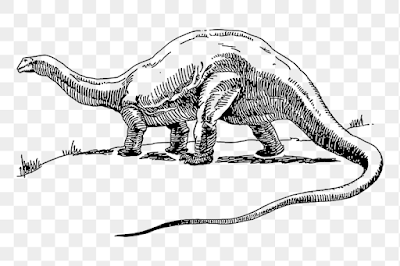 |
| Chicxulub crater |
The Chicxulub crater is a large, ancient impact crater located on the Yucatan Peninsula in Mexico. It is approximately 180 kilometers (110 miles) in diameter and 20 kilometers (12 miles) deep, making it one of the largest known impact craters on Earth. The crater was created by the impact of an asteroid or comet that struck the Earth about 66 million years ago, during the Late Cretaceous period.
The impact is thought to have caused the mass extinction event that wiped out the dinosaurs and many other species at the end of the Cretaceous period. It is one of the best-known and most thoroughly studied impact craters on Earth, and its discovery in the 1970s revolutionized our understanding of the Earth's history and the role of impacts in shaping the planet.
Scientists believe that the impact of the asteroid or comet that created the Chicxulub crater caused a massive explosion and released a huge amount of energy, creating a shock wave that traveled through the Earth and caused widespread damage. The impact also created a massive crater and released a cloud of dust and debris into the atmosphere, which would have caused a "nuclear winter" effect and disrupted the climate for many years.
Despite its importance in the history of the Earth and our understanding of mass extinctions, the Chicxulub crater is not visible from the surface because it is buried beneath layers of sediment. It was discovered through the use of geophysical techniques, such as gravity and magnetic surveys, which allowed scientists to map the structure of the Earth's crust beneath the surface.





